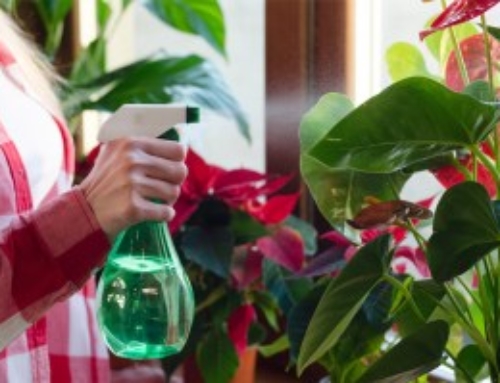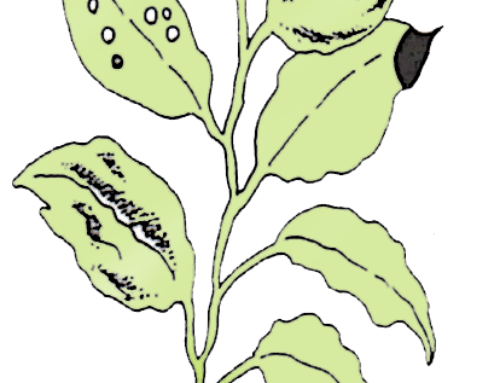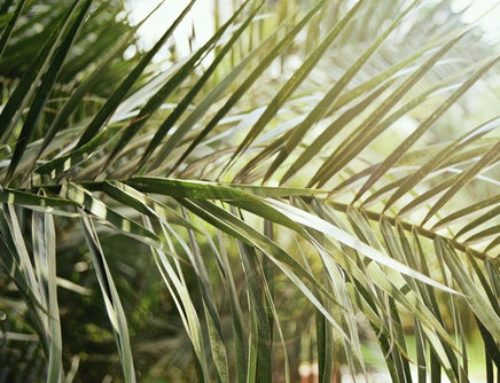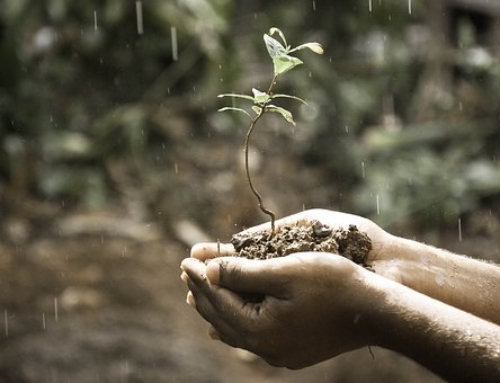In the spring of the year, all of us plant enthusiasts’ get that annual itch in our fingertips to grow new plants. When we grow new plants we call it propagation. Propagation defined is to cause a plant or animal to reproduce itself; multiply or increase, as by natural reproduction.

Two ways -to reproduce
There are two basic ways to make a plant multiply. One is by seed germination and the other is by making vegetative cuttings. As plant lovers, you need to try both kinds. Go now, drop everything (well, as soon as you are done reading this article), run out today and buy your seed packets for your summer garden. The dream of a glorious summer catches us all. Packets of vegetable and flower seeds are cheap! The cost to profit ratio is lovely. Have fun with this!
Vegetative propagation takes several different forms. Some of the most common forms are division, runners and suckers, stem and leaf cuttings, and air layering. The simplest form is division.
Division: Any plant with more than one stem in a pot can be divided. Many species of plants form clumps or thick roots and may be propagated by division. Common interiorscape plants that can easily be divided are Aspidistra and Sansevieria. The plant is removed from its pot and as much of the soil as possible is removed. Most just require a sharp knife to cut through the thick roots into two or more pieces. Each piece should have growing points and vigorous roots. Cut surfaces can be dusted with a fungicide and allowed to dry for a few days for the tissues to seal and callus over. Each piece can then be potted separately in a suitable potting mix and watered sparingly (enough to keep moist but not wet) until some new growth indicates production of new roots. The best time to divide is during spring.
Runners and suckers: Runners are prostrate creeping shoots or stems, such as those of the common Spider plant, which can be used to propagate plants. Place the leafy cluster of the runners in contact with a sandy loam soil in a second pot and hold them down with a paperclip or similar item. When roots have developed from the cluster, the new plant can be cut free from the runner. A similar method can be done with pothos. Place a stem cutting in water and wait for roots to appear and then plant. Many groundcover plants can be propagated this way by assisting the young runners to root in the garden soil nearby.
Stem and leaf cuttings: A single leaf, carefully detached from many plants is often sufficient to start a new plant, and
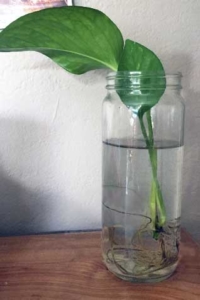
Pothos leaf cuttings can grow roots in water
is the preferred method for propagating plants, such as African Violets, Crassulas and many Kalanchoes.
For succulents, the leaf is allowed to dry for a few days so that the tissues seal and callus over at the base and is then placed against the edge of the plant pot with the stem end touching the potting medium. This usually works better than burying the bottom end of the leaf as it is less likely to rot. Keep the soil moist but not wet, and cover with plastic to retain humidity. After some time, roots will be seen to form, followed by small leaves as the new plant starts to develop.
Stem cuttings work similarly with cuttings forming roots most readily if the stem is cut about 1/4 inch below a leaf joint. Examples of easy to start stem cutting varieties are Coleus, Begonia, Philodendron and some Dracaenas. Use a well-drained soil and use rooting powder. Be sure to use clean, sharp tools. Take off leaves that would be below the surface of the soil. Make sure the stem is anchored to soil with at least one or more nodes in the soil. Some varieties will root in a just a week, especially those with moisture-filled stems such as Coleus. Woody-stemmed plants take longer to root up, to a month or so.
Air layering: Large-leafed plants, such as rubber trees, Monstera and Dieffenbachia, lose so much moisture before they can form roots by stem and leaf cuttings that they usually wilt and die. So for them, a better method for multiplying is by inducing roots to form on the stem while it is still attached to the plant. This is called air layering and is the trickiest of methods for propagation. Make an upward slanting cut 1/3 of the way through the stem. Dust with rooting powder and cover with moss and plastic. Wait for roots to appear (usually a month or so) and then sever from the mother plant.
With all these possibilities the choices are endless. You will have every windowsill in your house filled with new plants. Go have fun making new friends.

